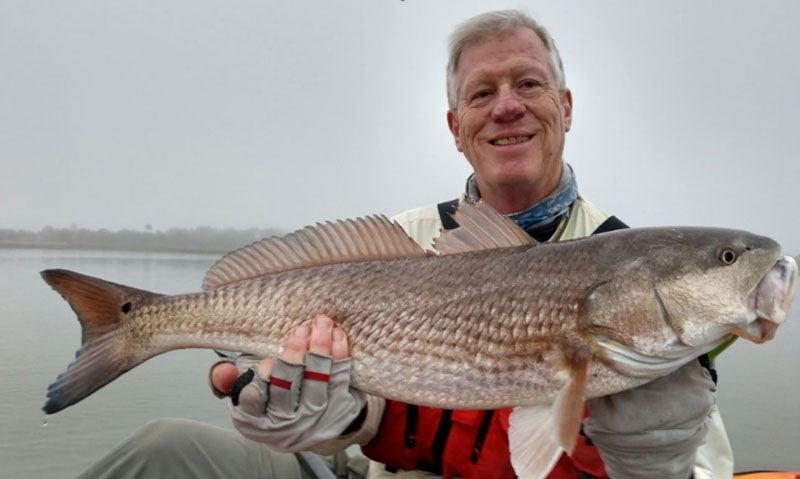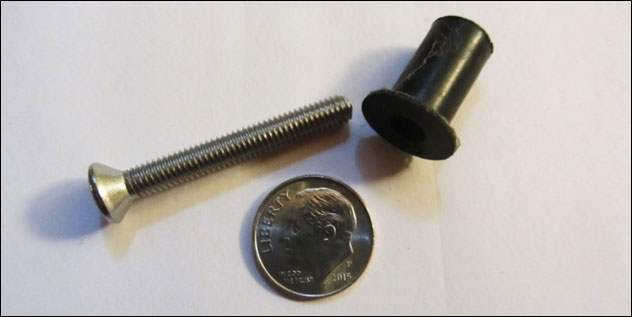These tips are excerpted from the latest book by author John Veil, “The Way I Like to Fish - A Kayak Angler’s Guide to Shallow Water, Light Tackle Fishing.”

Breaking Off When Snagged
Occasionally, lures snag on bottom structure or on an overhead branch after an errant cast. I do my best to get them loose, but if I realize they are goners, I use a technique that avoids undue stress on the end of my rod and possible rod breakage. If done correctly, the line usually breaks at the line/leader connection or the leader/lure connection. You will lose the lure and maybe the leader, but not long lengths of braided line from your spool. Here are the steps to follow:
- Position yourself downwind or down current and point your rod directly at the snag.
- Place your hand on the spool of your spinning reel and hold it tight to keep the spool from rotating (this is also known as “palming the spool”).
- Let the current or wind push you away from the snag, or if hooked to a cow nose ray, let the ray swim away from you.
- Let the weight and pressure of the kayak break the line on its own while the rod is pointing directly at the snag. Your rod tip suffers minimal stress and likelihood of damage.
Mounting Kayak Gear with No Access
If your kayak does not have an access point that allows you to reach the back of the surface and use bolts and nuts for a secure attachment, well nuts are a good alternative. I used well nuts on an installation behind the seat on my Manta Ray 11. Well nuts are small rubber grommets with a flange on one end and brass threads inside. A hole is drilled in the hull, the well nut is set in place in the hole, and the accessory is screwed into the nut. As the bolt is tightened, the rubber scrunches up into a “doughnut” on the underside of the hull and provides backing.

Landing Fish Without a Net
For most of the fish I catch, I’m just as happy if they shake themselves loose near the kayak (not too uncommon since I crimp the barbs on my hooks), and from my perspective nets require more time and effort to unhook the fish. But if you plan to keep the fish you catch a net improves the chance of getting hooked fish into the kayak. When you choose to fish without one, forget your net, or lose it while fishing, you can still land fish effectively. For smaller fish, you can swing the fish into the kayak. For larger fish use this method:
- Leave enough line out beyond the rod tip (generally six to eight feet) that you can lay the rod down flat on the front deck and still have some slack in the line.
- Grab the leader with your right hand.
- Slide your left hand underneath the fish’s belly while the fish is in the water next to the kayak.
- Lift with the left hand and pull with the right hand to glide the fish over the gunwale and into the kayak.
John’s books are available via Amazon.com or by emailing the author at [email protected].